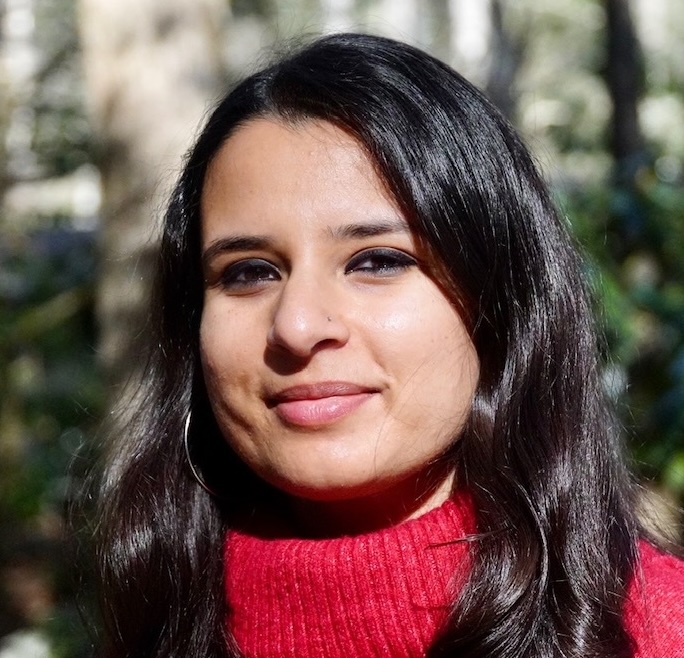
In Decolonizing Religion and Peacebuilding, Atalia Omer documents how international peace-and-development agencies in Kenya and the Philippines repurpose “religion” for their own ends. Omer’s tone throughout the book is fierce, ironic, and dialectical; it is also always compassionate and ethically engaged. In her recent book on Palestine, novelist Isabel Hammad extols “a humanism that holds the practice of criticism close to heart” (5). Omer is such a humanist. Although Decolonizing Religion and Peacebuilding is about many things, religion itself is one of its central subjects. The book invites serious considerations about the future of “religion” as the subject of critical inquiry in the academy, as a disciplinary technology of resurgent authoritarian nationalisms around the globe, and as a potential source of resistance, hope, and solidarity amid the multiplying crises of the 21st century.
The fundamental position of “the harmony business,” as Omer refers to the global network of interreligious peacebuilding NGOs, is that bad religion is the root cause of “underdevelopment” and local violence around the globe; the solution then, it follows, is good religion. The long shadow of 9/11 is evident here. “Religiocrats”—as Omer calls NGO officials functioning as secular theologians—elevate certain moral and theological ideas in different religious traditions by selective proof-texting in order to affirm that “good” religion is essentially and authentically about “peace, harmony, love and self-lessness” (184). Omer refers to this as a form of hermeneutical closure. Flattening the subversive possibilities embedded within these richly polyvalent religious inheritances, religion is purified to a “generic morality” that can be efficiently operationalized (177). Deeper knowledge about particular lived religious worlds is not just an irrelevant distraction, it is an impediment to peacebuilding. All that NGOs want from “religion” is that it “facilitate people’s resilience in the face of their present conditions.” The discourse of interreligious peacebuilding repackages “structural, cultural, and historical violence” as a spiritual or religious imperative for individual and communal conversion from hate to friendship, love, and cooperation (62).
Omer did extensive fieldwork over several years in Kenya and the Philippines. She participated in meetings; shared meals; and listened to accounts of horrors. In the cross-religious friendships she observed taking shape under the imperatives of NGOized (good) religion, Omer says, she began to discern “decolonial openings to love as the refusal of hate and division” (224). She writes movingly of “a love that persists over-against and beyond the colonial gaze…[shaping] liberationist horizons even if the love emerging from interreligious relationality does not resonate with the revolutionary critique of empire” (235). She came to see that the practice of decolonial love exceeded the limits and expectations of both normative neoliberal discourses about peace and decolonial theories of religion. Decolonial love had the capacity to transcend religious differences and the memories of religious hatreds.
In all her work, beginning with When Peace is Not Enough: How the Israeli Peace Camp Thinks About Religion (2013), Omer tracks back and forth between critique and fieldwork, between theoretical analysis and intersubjective engagement with the men and women she is theorizing—and immediately, this awful locution, “theorizing the other,” is negated, because now the objects of theory have become subjects of their own experience. This intersubjective methodology is itself a decolonizing move. The love and friendship she sees among her interlocutors brings Omer up against the fault line between critical theory, on the one side, and, on the other, the experiential more of decolonial love which exceeds theory’s interpretive reach just as it exceeds the neoliberal constraints within which it arises. Decolonial love does not obviate theoretical analysis; rather, it challenges it with a view to enlarging it.
Secular Critique and Decolonial Love
The underlying question here is whether critique is secular. In his discussion of the salience of Judaism in the early Frankfurt School, for example, intellectual historian Peter Gordon declares axiomatically, “We have no sources for our critical leverage against the social world we inhabit other than the resources that belong to this same world” (14). Secularism is critique’s foundational principle. Just how difficult it is to reject the sufficiency of theory is ironically indicated by the number of times Omer herself qualifies her conclusion about the force of decolonial love with some version of “even if,” as in, “even if” decolonial love is “unwoke” (which is itself a nod to the authority of theory), still, it may be oppositional. These hesitations indicate the intellectual prestige and authority of theory vis-à-vis lived experience, and this is what Omer wants to contest when she designates decolonial love sacred. Through the force of “concrete friendship and love,” she writes, local peace activists exceeded the limits critique imposes on social and political imaginaries. (235)
Other writers have used the notion of “decolonial love” as a third way that disrupts the dominated/dominator binary of all colonialisms, among them Frantz Fanon, James Baldwin, Gabriel Garcia Marquez, and Audre Lorde. But Omer goes much further: following her interlocutors, she calls the more of decolonial love a form of sacrality that compels “the analysis of religion and the practice of peace beyond its neoliberal utilitarian agenda, or at the very least, exposing its boundaries” (234). Decolonial love is an experience of the sacred that disrupts neoliberal authority. Omer calls it a “spiritual force.” (254) There is an opening here, I think, for a phenomenology of religion in the ruins of the modern.
Decolonial love is an experience of the sacred that disrupts neoliberal authority.
But it is just at this point that—unfortunately, in my view—Omer pivots to the “ethical.” She describes decolonial love in the neoliberal context as an “ethics from the underside,” quoting critical theorist Nelson Maldonado-Torres, who writes that decolonial love and friendship “constitute the ‘ethical orientation of the self in the conditions of systematic dehumanization’” (in Omer, 239). With this assistance from Maldonado-Torres, Omer repositions decolonial love securely within the boundaries of normative modern religion that since Kant has been seen primarily as a form of ethics. In other words, she substitutes the ethical subaltern for the neoliberal subject, translating the sacrality of decolonial love into another form of good modern religion. But is this as far as decolonizing religion goes? Is there not more to this “authentic spiritual force” than ethics?
Beyond Religion as Ethics
Omer herself offers a way of thinking past this limit. Towards the very end of Decolonizing Religion and Peacebuilding, she discusses the Silsilah Dialogue Movement founded in 1984 in Zamboanga City. Silsilah calls for witnessing “God’s presence in the plurality of cultures and religions,” she writes, “as a habitat and experience that leads to dialogue and peace” (245). With the abrupt appearance here—in Omer’s argument—of the presence of God, the possibility arises that the processes of decolonizing religion and peacebuilding may include other beings in addition to humans, among them gods and spirits, angels, saints, and demons, who are present to the humans in these encounters as the humans are to each other. Decolonial love, from this perspective, is not solely horizontal, as the turn to ethics implies. Rather, such friendships extend between heaven and earth. Their horizontality, in Omer’s language, is inseparable from their verticality. Decolonial love, in other words, is far worse than being “unwoke.” It is an instance of “bad religion.” It is in this that the disruptive power of decolonial love lies.
“Interreligious” has always seemed to me a banal and suffocating term. It masks the enormity of what may transpire for better and for worse when men and women come together across ontological, theological and metaphysical differences whether by choice or compulsion. Humans bring a host of desires, needs, and fears to these encounters, conscious and unconscious. They are intrigued and compelled by each other’s religious practices; at the same time, ontological and metaphysical otherness is terrifying. There is nothing necessarily benign about the encounters among diverse humans and gods really present to each other in interreligious spaces. It may be deeply unsettling to be in the presence of foreign gods whose being is at once somehow familiar and utterly strange. The horrific violence that often erupts at the intersection of ontologies is one way that humans attempt to exorcise the anxiety that arises in proximity to other religious worlds which strikes so deeply at the core of religious subjectivity. The gods are implicated in this violence, too.
Decolonial love . . . is not solely horizontal, as the turn to ethics implies. Rather, such friendships extend between heaven and earth.
The times in which we find ourselves in 2025 are marked by massive movements of peoples around the planet despite the efforts of authoritarian nationalist governments to halt them. Many, perhaps most, of the migrants and refugees come from places and times outside the normative modern. Among other things, this means that they are often, perhaps always, accompanied on their arduous and dangerous journeys by their gods. Around their necks they wear medals stamped with images of their deities; they tuck tiny three-dimensional representations of them in their backpacks; they tattoo their bodies with images of protective holy figures. The landscapes of contemporary migrations—border crossings, refugee camps, NGO-sponsored peacebuilding centers, and so on—are populated in this way by an ad hoc plurality of real presences from different worlds. This presents an opportunity for cross-religious engagements apart from the imperatives of states and the harmony business.
Living with Spirits
I want to close with an example of what I have in mind here. The city of Palermo, capital of Sicily, has become home in recent years to thousands of Sri Lankan Tamil Hindus fleeing the civil war in their homeland. They brought their gods with them and in Palermo they encountered new gods, among them Santa Rosalia, the city’s patron who is credited with saving Palermo from plague in the 16th century. The refugees say that Santa Rosalia, who they call “the other goddess,” greeted them. In their experience, “Santa Rosalia welcomes everybody.” Tamil Hindus in turn have embraced Santa Rosalia. They place her next to Lakshmi and Vishnu in their home shrines. The secretary of the Hindu temple, his chest adorned with a gorgeous tattoo of Ganesh, tells writers for the New York Times, “Santa Rosalia is our mother.” “I’ve got someone here to pamper me,” a Tamil pilgrim at Santa Rosalia’s shine says, adding that the saint “does not see fair son or Black daughter. For her, everyone is equal.”
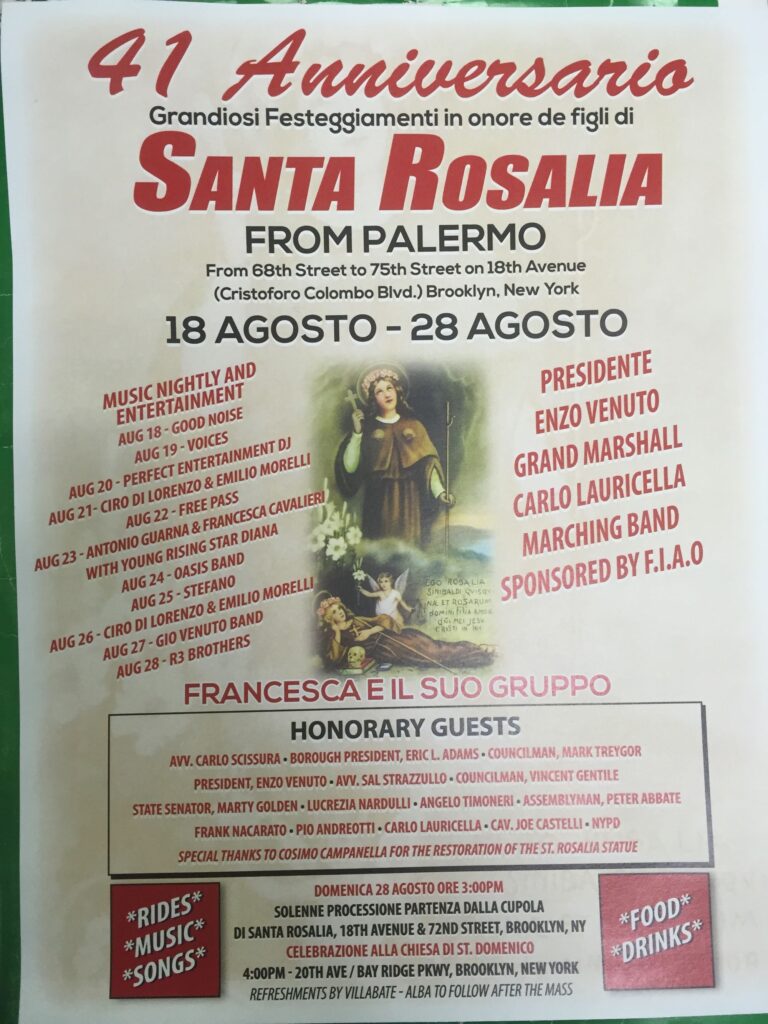
The story of the relationship that has developed between Santa Rosalia and Sri Lankan Tamil Hindu refugees in Palermo speaks to a kind of cosmopolitanism of real presences. The migrants were new to the city, new to Europe and to its languages and customs, but they were fluent in what anthropologist Michael Lambek calls “the art of living with spirits” (6). They were practiced in the behavior of humans and gods really present towards each other in the everyday circumstances of social life and so was Santa Rosalia. This is at once a deeply inculcated and actively practiced competence and it is possessed by very many people living on the planet today, crossing national, racial, and religious differences. Tamil Hindu pilgrims flock to Santa Rosalia’s shrine to ask her assistance with difficult childbirth, for example, or for help finding a spouse, and so do Sicilians; they bend and kiss the steps leading up to her sanctuary, just as Sicilians do; they hold her image in their hands in moments of pain and anxiety as Sicilians hold her in theirs in such times.
Through this shared art of living with the spirits, Sicilian Catholics and Tamil Hindus get glimpses of themselves in the other and of the other in themselves. Santa Rosalia is in this way another kind of “ontological opening.” By her love and care for the refugees, the “other goddess” demonstrates to her Sicilian devout that the Tamil Hindus are not an alien species. I am nearly certain that Sicilians are putting images of Lakshmi and Vishnu on their home altars too, although the article in The New York Times says nothing about it. (I also know that the sight of gods from different worlds standing alongside each raises the issue of cultural appropriation, and while there is often truth to this critique, we should be aware it also reinforces the normative singular of modernity’s ontology). Sometimes there is tension on the island over migration, of course. Secular agencies have also intervened to encourage intercultural relations. But Santa Rosalia and the migrants seem to have found each other by themselves.
When Santa Rosalia takes her place next to Lakshmi and Vishnu, she shows Sicilians that the world is not singular, that the cosmos itself is plural. To quote Isabel Hammad again, “we must eventually be ready to shape-shift, to be decentered, when the light of an other appears on the horizon, in the project of human freedom, which remains undone” (56). In this story about Palermo, two lights appear on the Mediterranean horizon: the Sri Lankan Tamil Hindu refugees and Santa Rosalia as the “other goddess.” Secular moderns, even many of those who long for the human to be decentered in a more populous ontology, seem forever doomed to recreate “good religion.” Santa Rosalia’s welcoming of the Sri Lankan Tamil Hindu refugees, on the other hand, tells us that the gods, who have their own intentions in their relationships with humans, may be practitioners of decolonial love too. This possibility points away from the thin secular pluralism of interreligious peacebuilding that Omer has so effectively critiqued to an emergent abundant pluralism of contemporary global religions among peoples in movement on the planet.

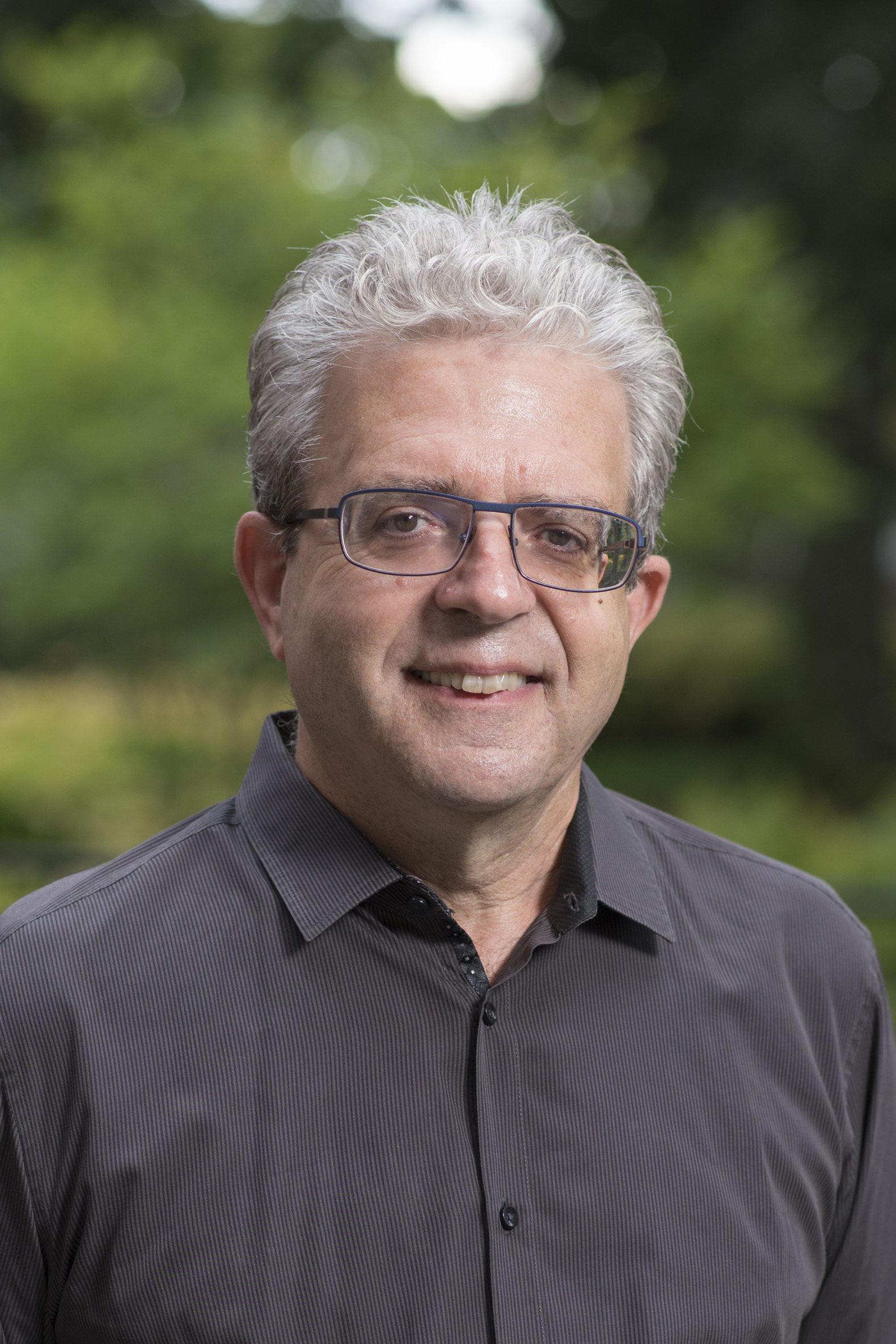
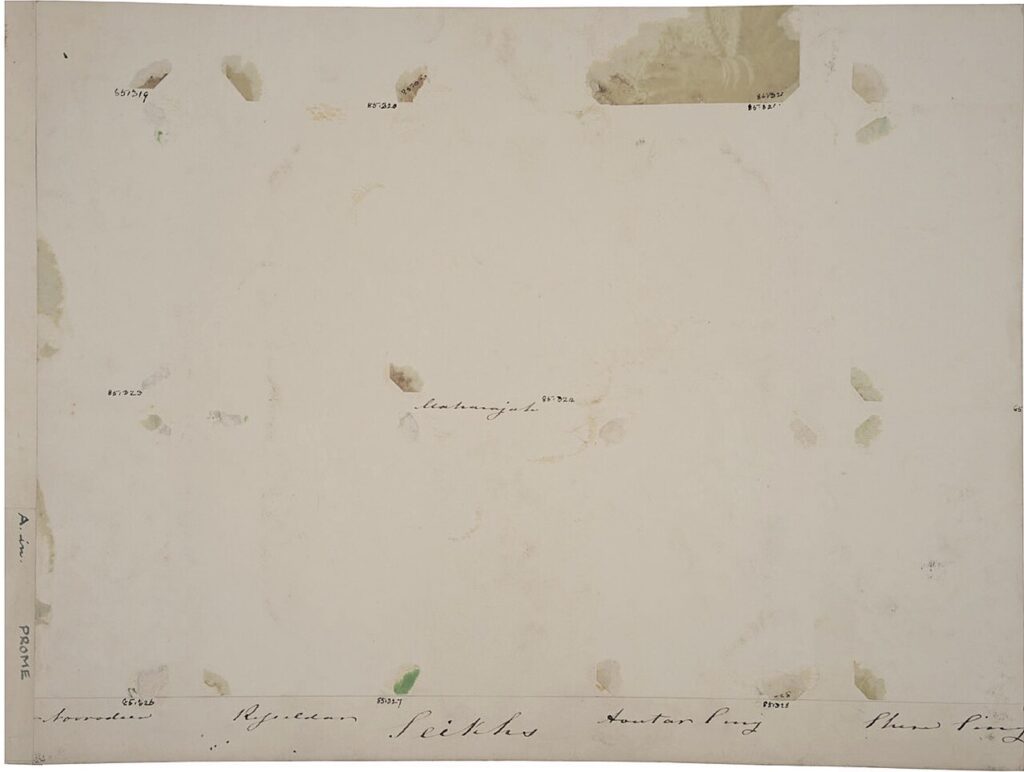
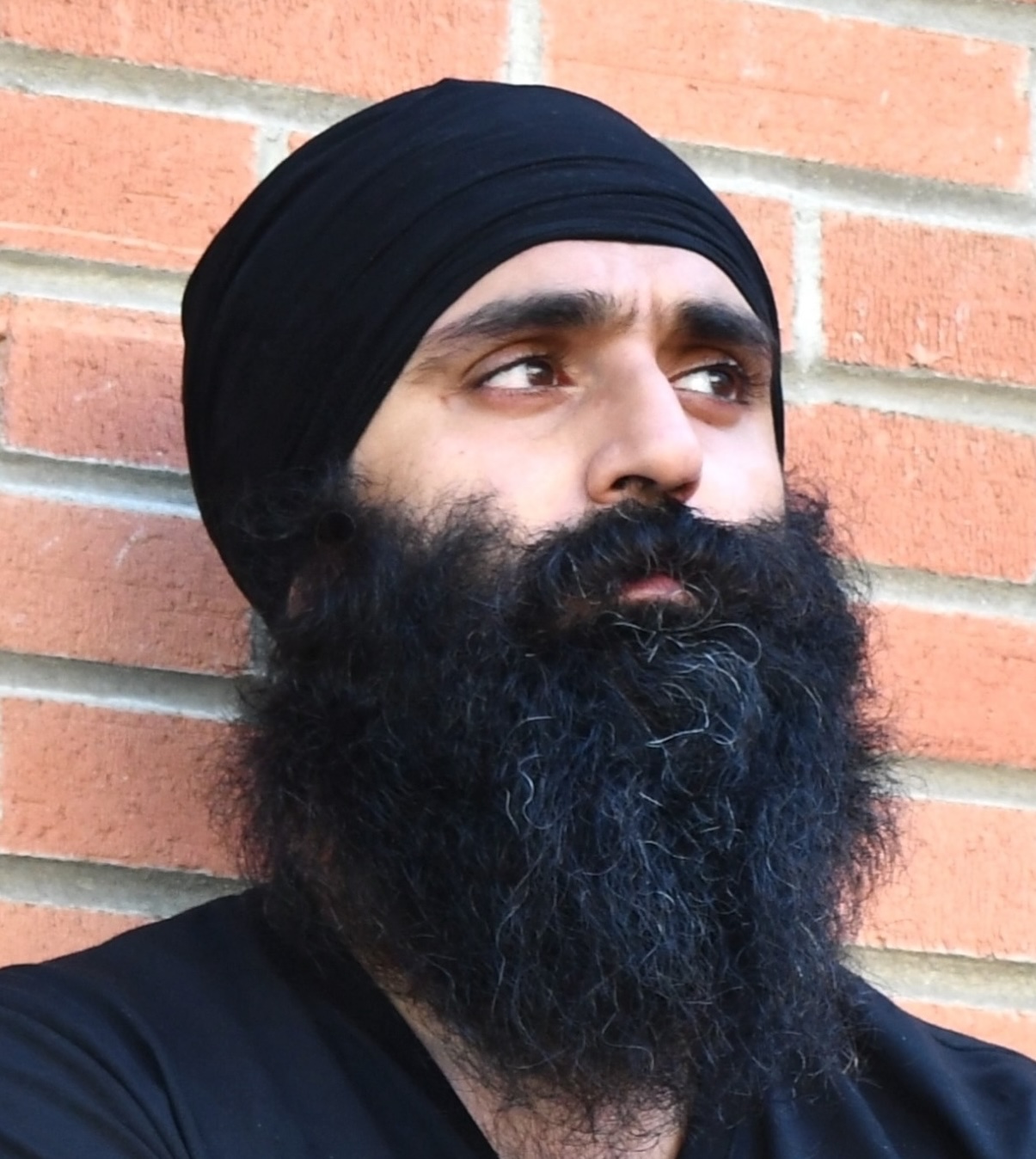
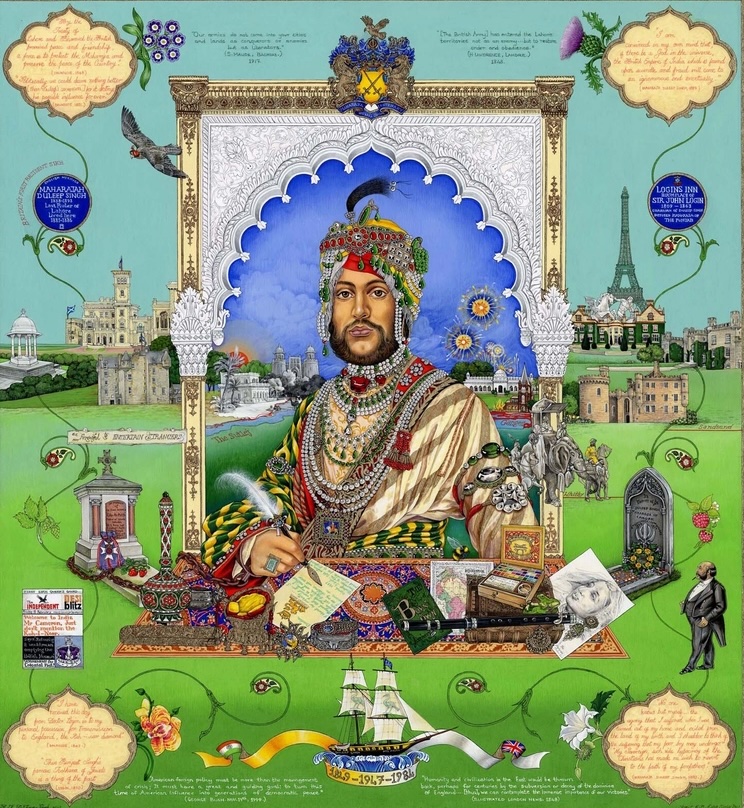

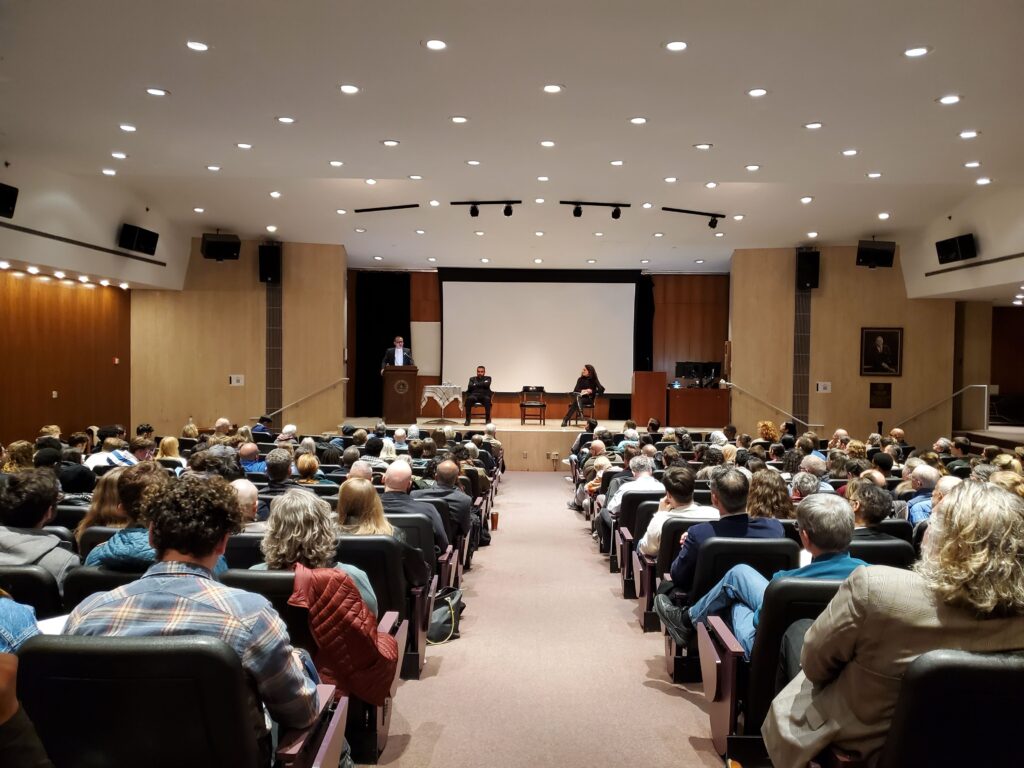


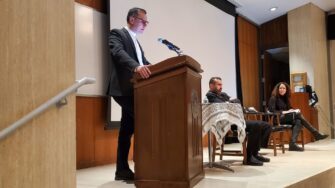
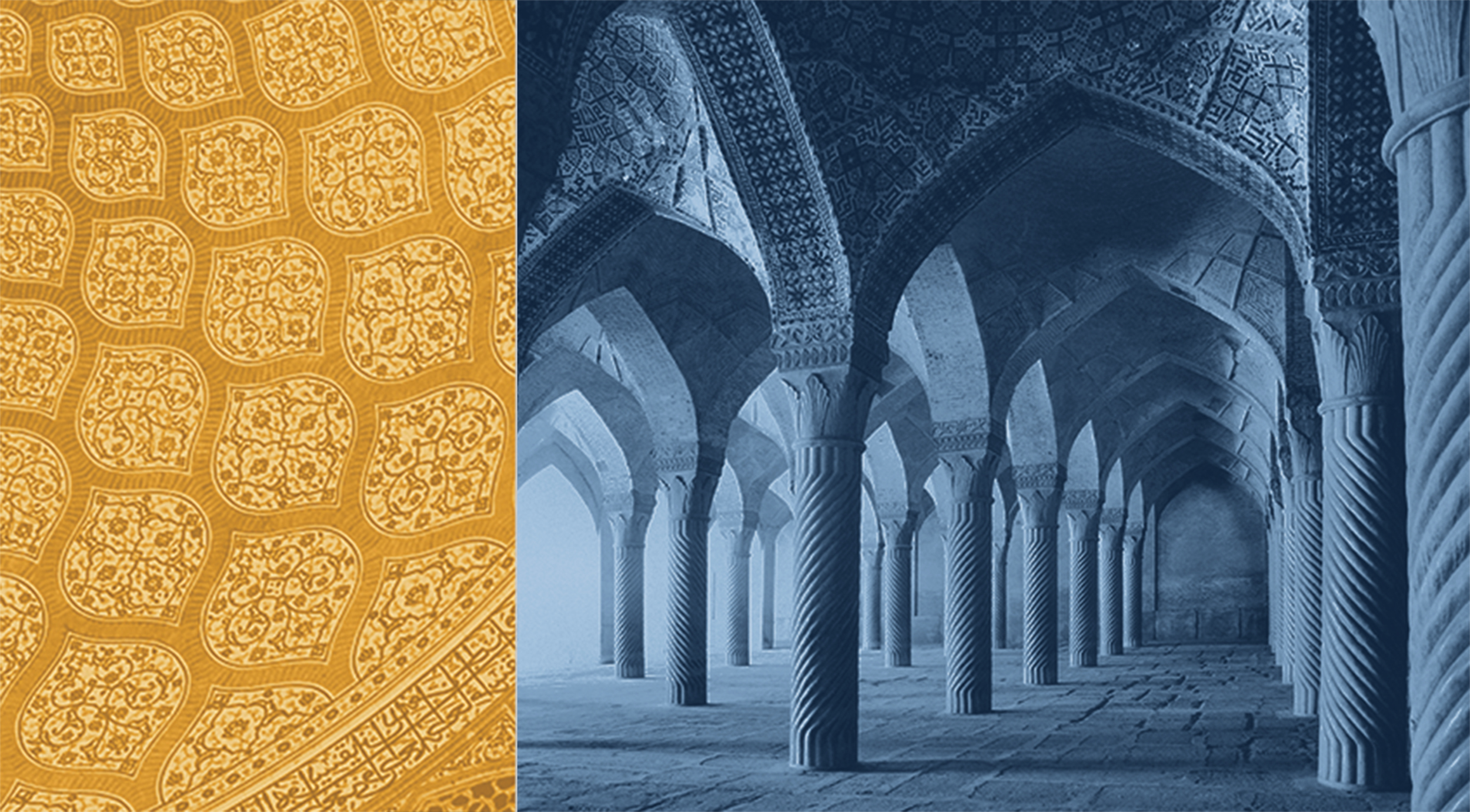



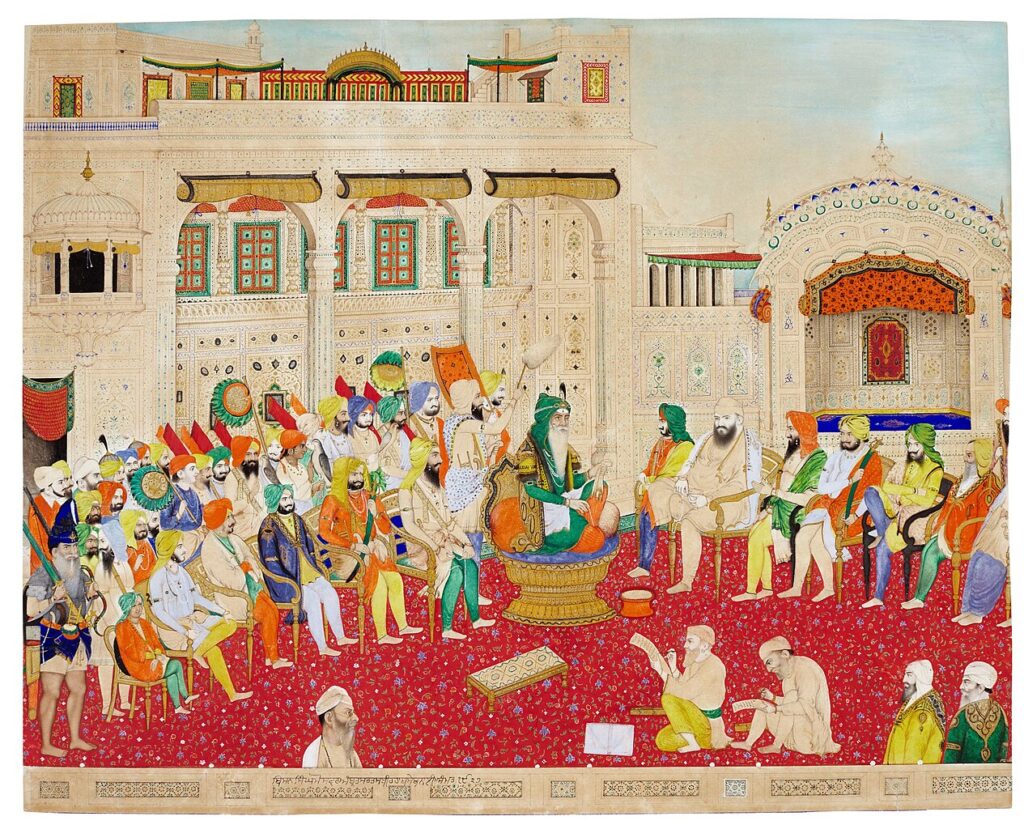



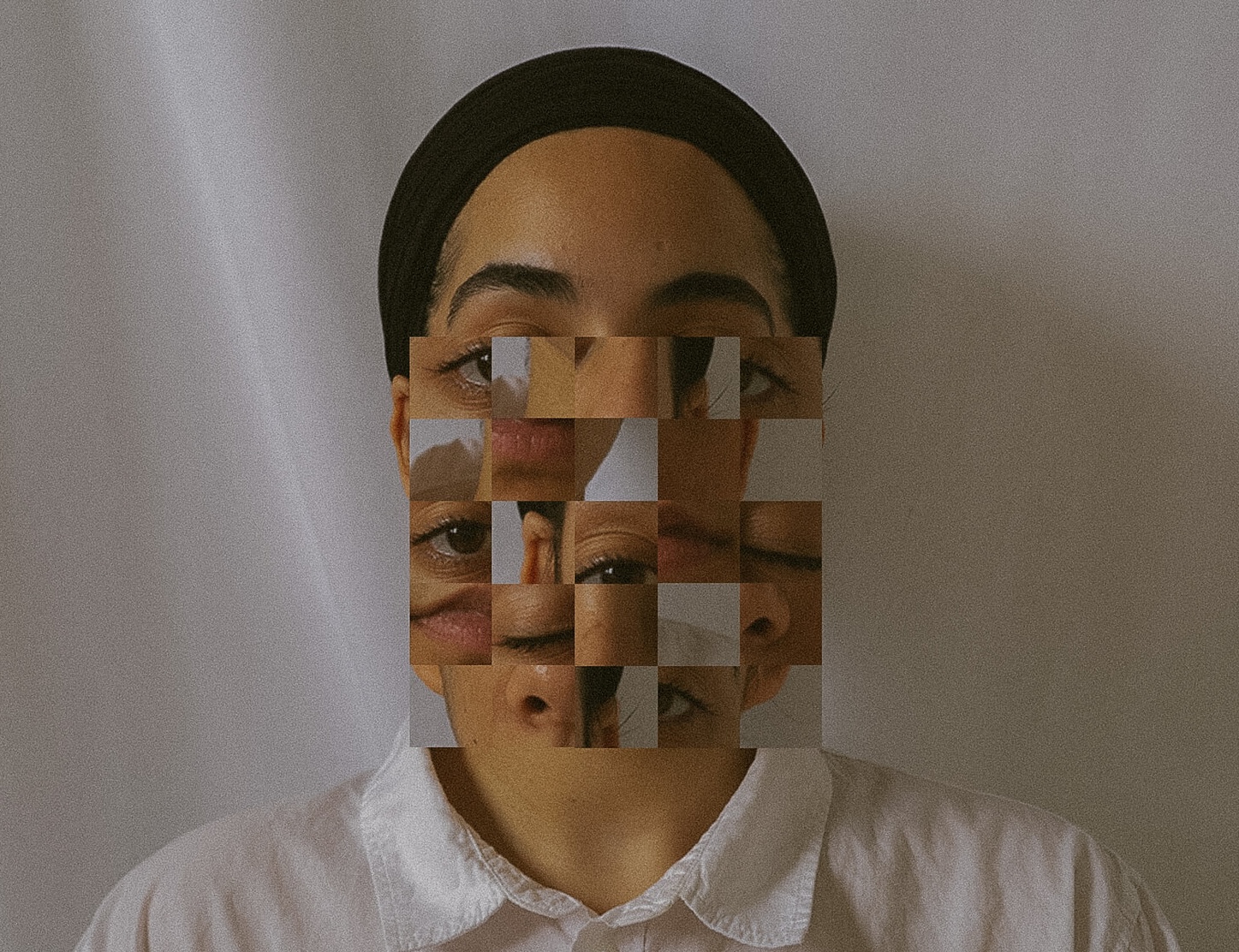



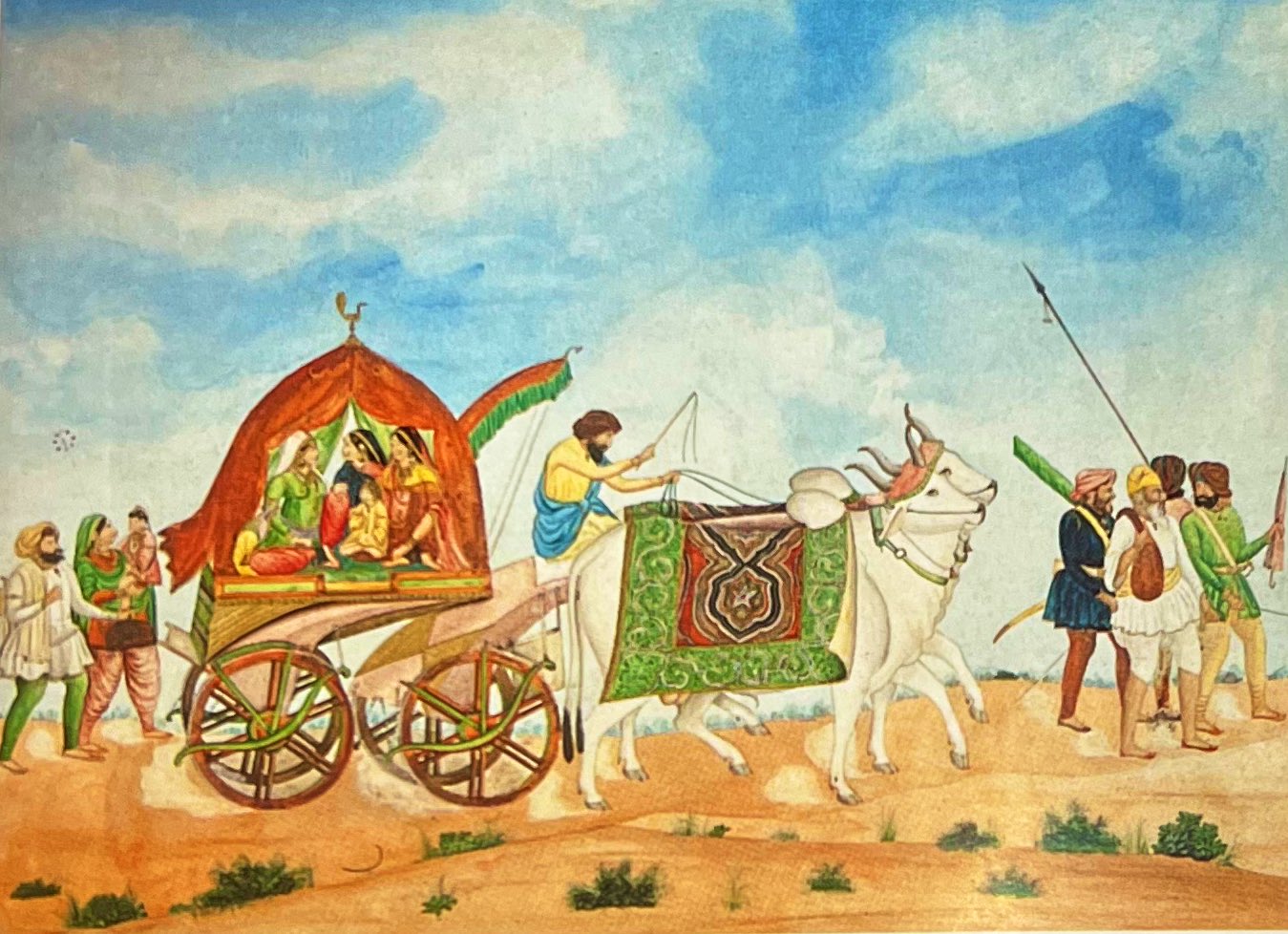

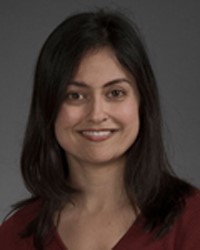
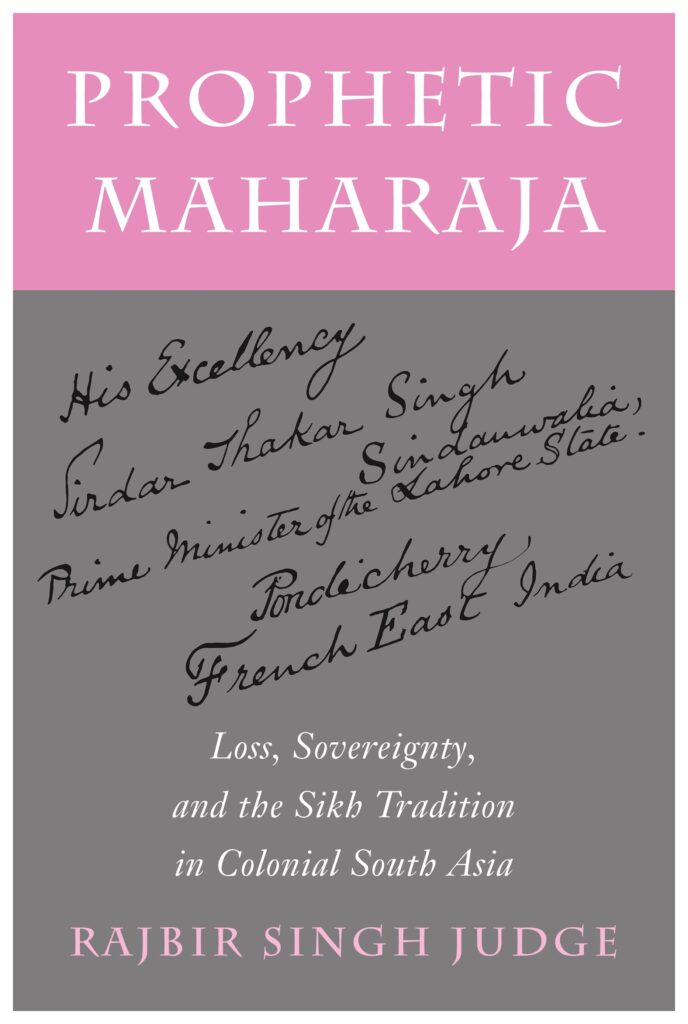 To write history in a typical fashion is to attempt to wrestle meaning from contingency. It is to take the details of an archive and give them a narrative form that can be held onto and relayed to others. This form of writing assumes coherence and stability govern our shared human existence and that it is the duty of the historian to reconstruct the past in a way that steadies the present. In this sense, the typical historian is not ideologically neutral, but instead invested in a particular worldview. It is one that seeks to cover over the messiness of the past to calm our nerves in the present.
To write history in a typical fashion is to attempt to wrestle meaning from contingency. It is to take the details of an archive and give them a narrative form that can be held onto and relayed to others. This form of writing assumes coherence and stability govern our shared human existence and that it is the duty of the historian to reconstruct the past in a way that steadies the present. In this sense, the typical historian is not ideologically neutral, but instead invested in a particular worldview. It is one that seeks to cover over the messiness of the past to calm our nerves in the present.

